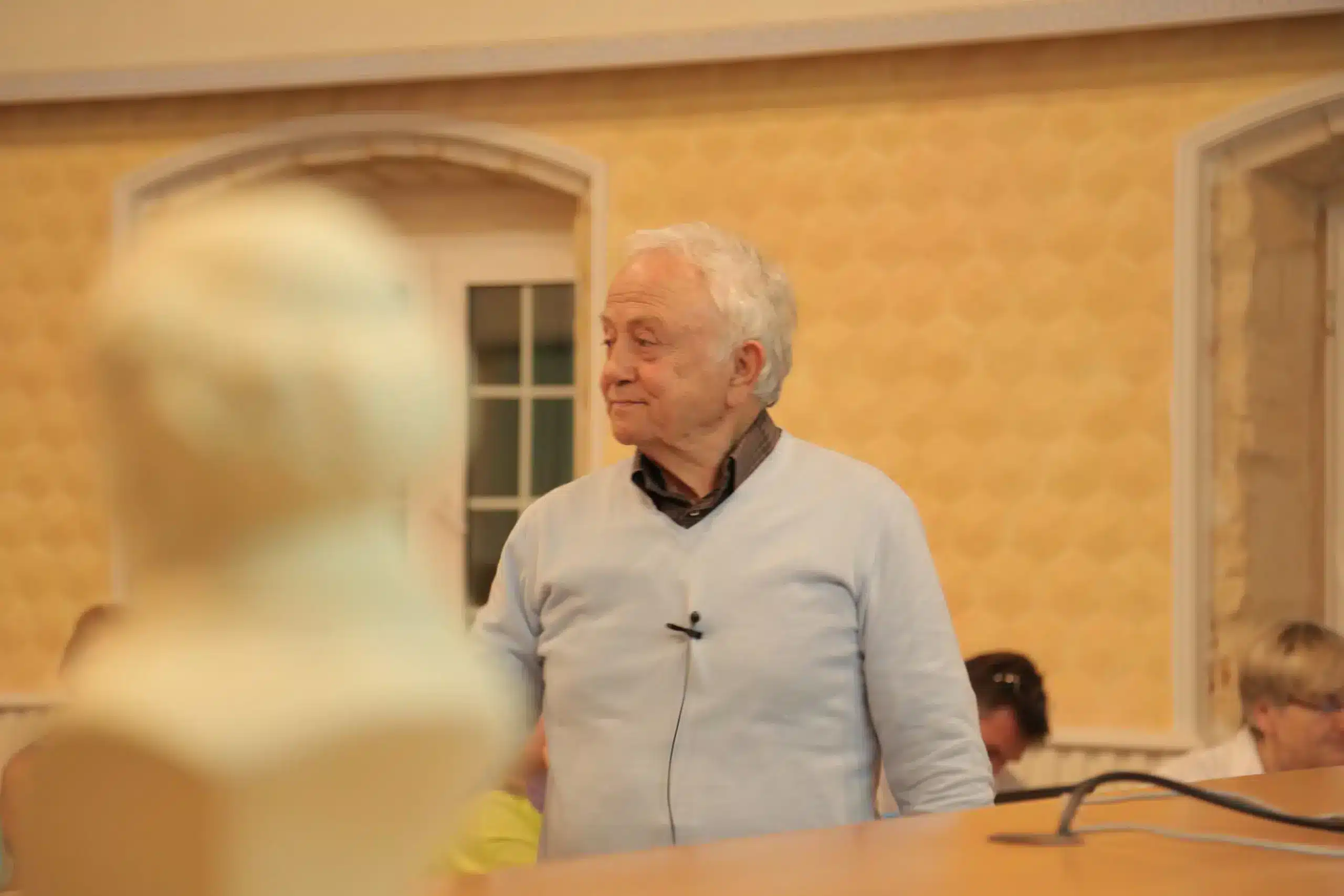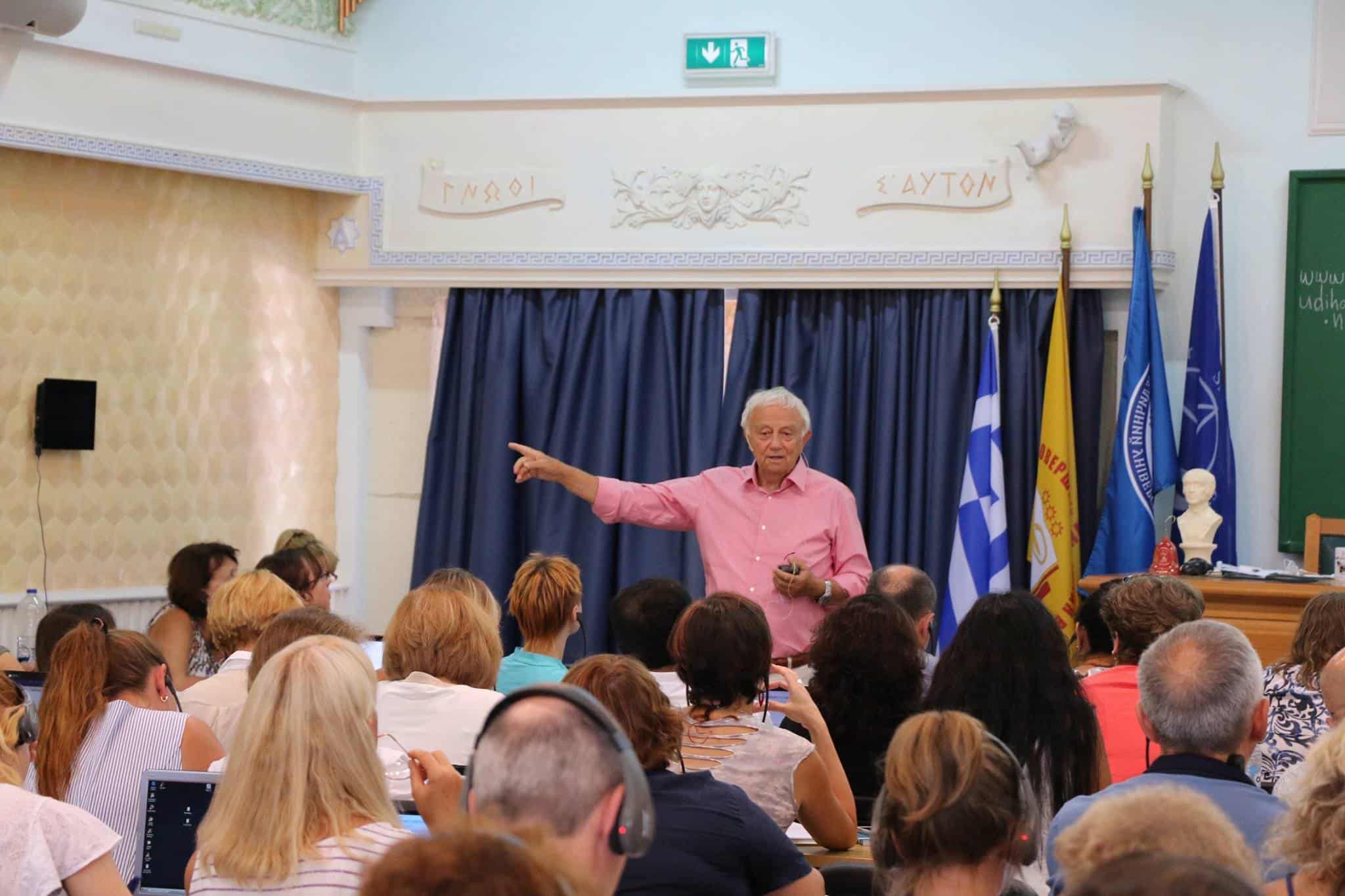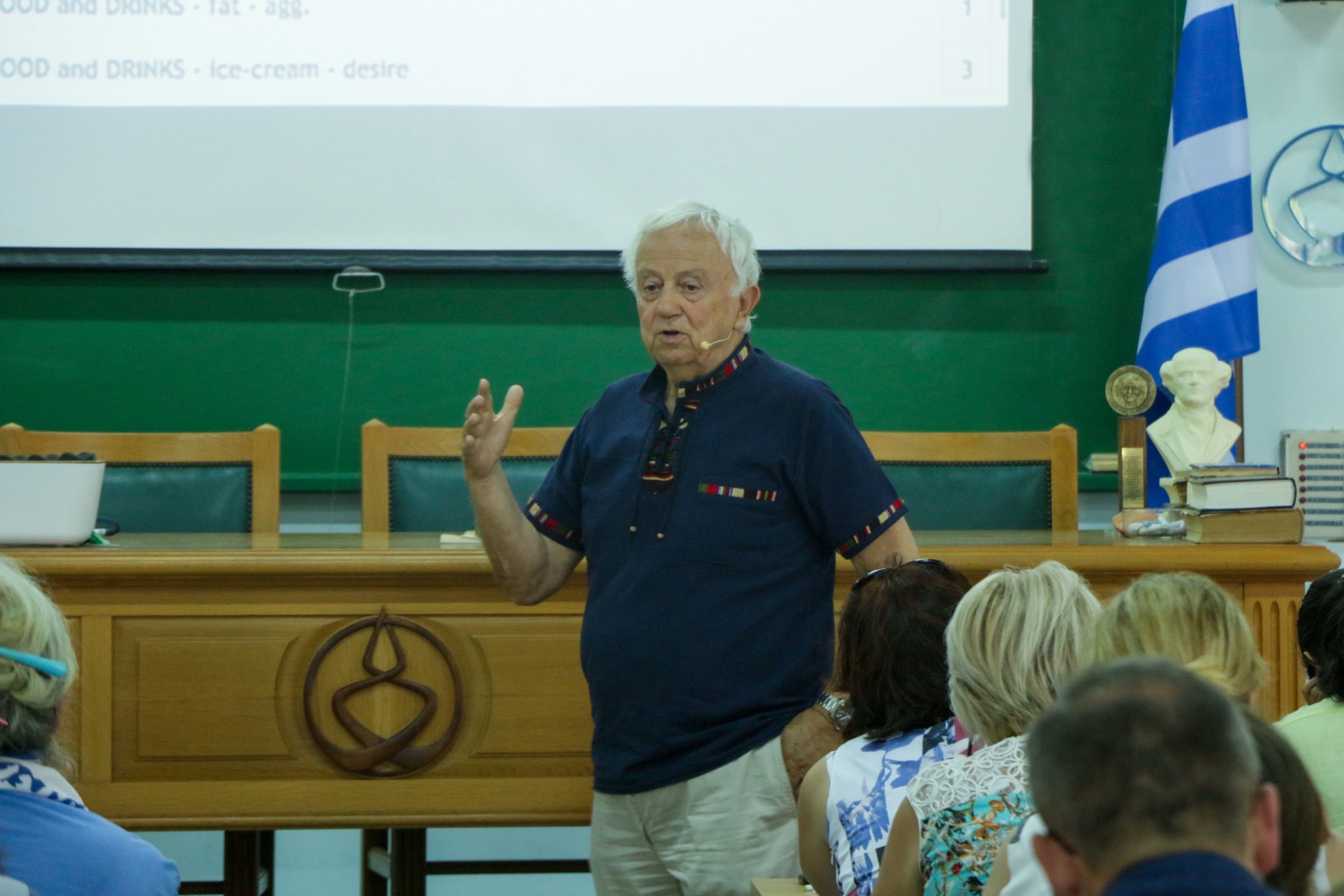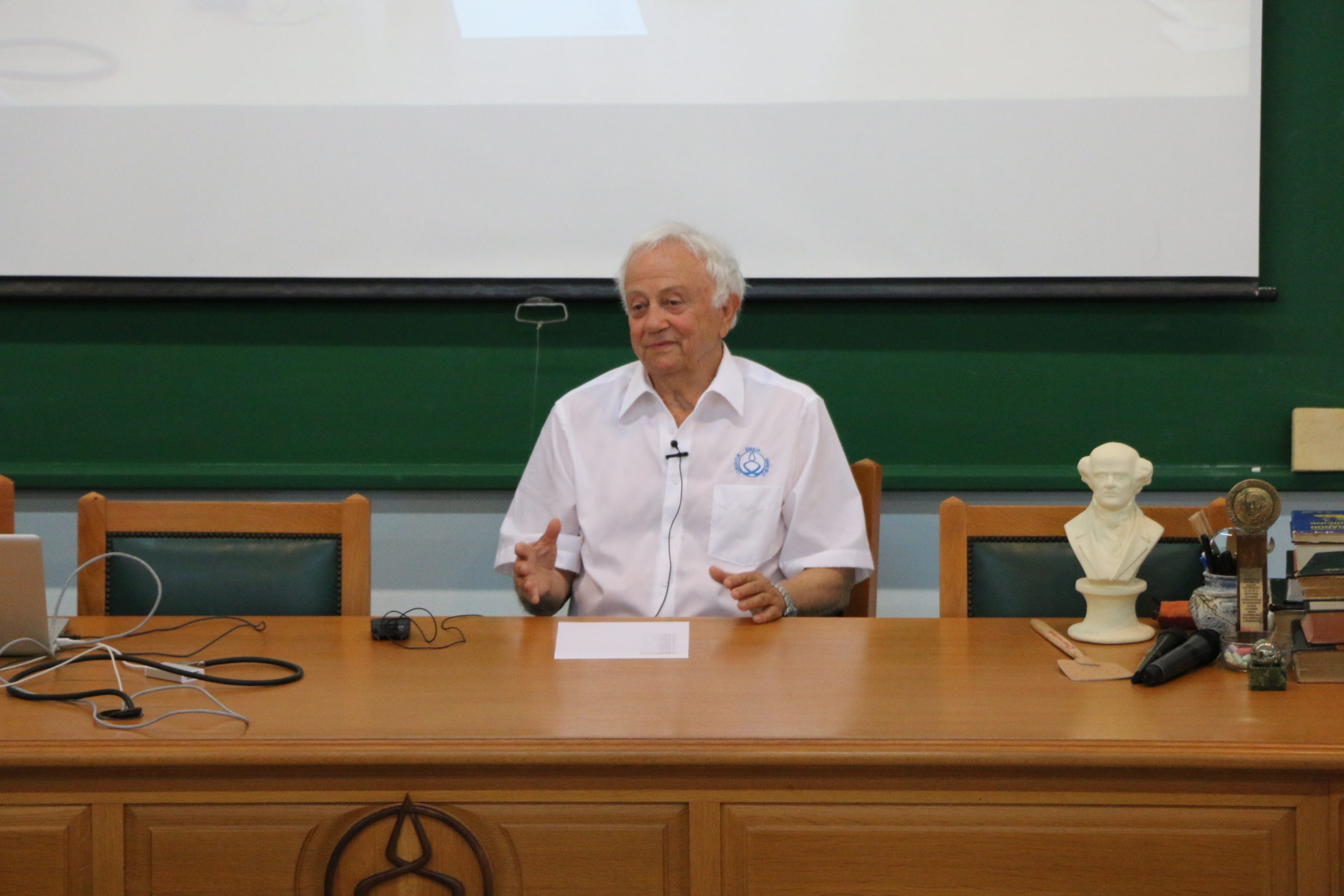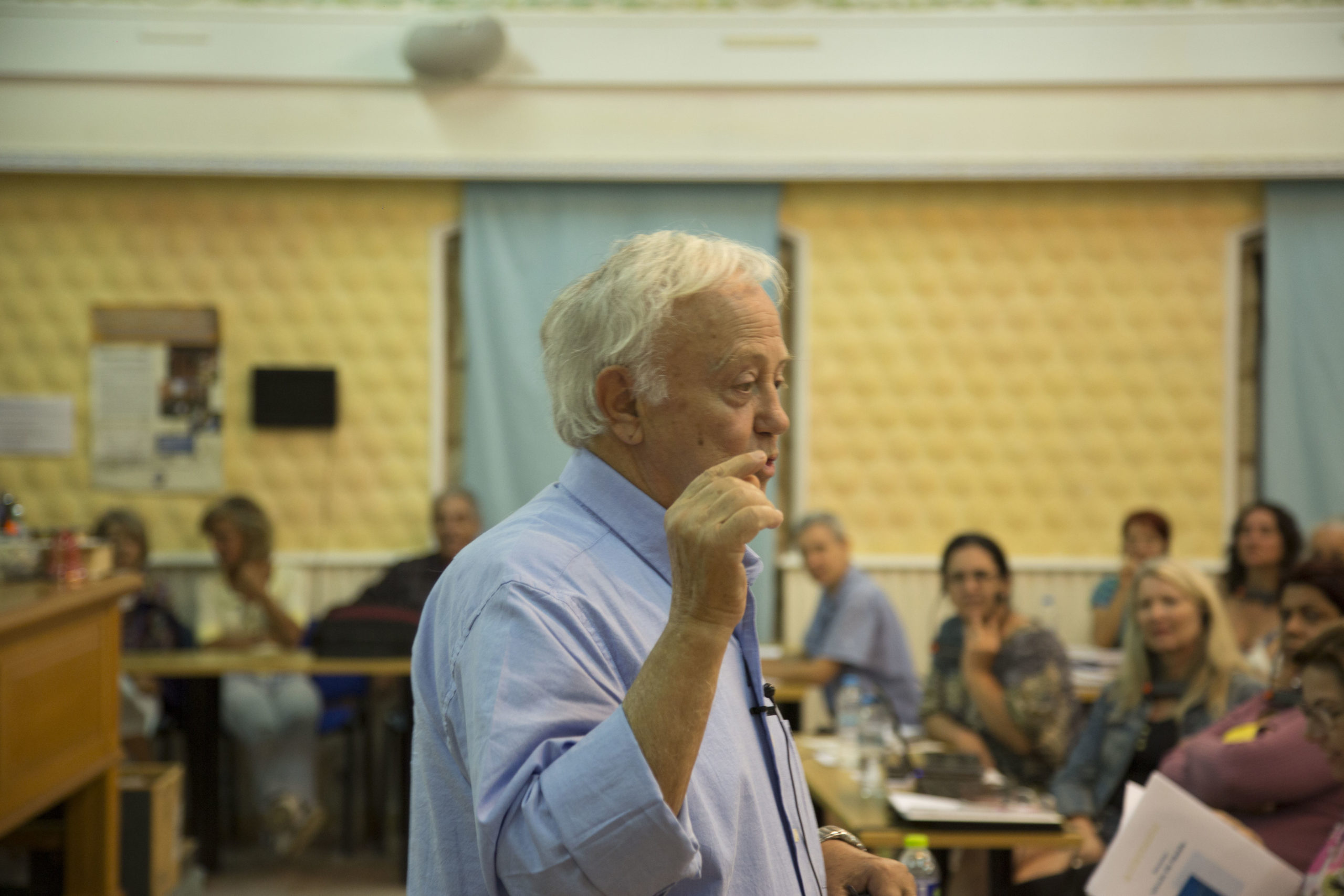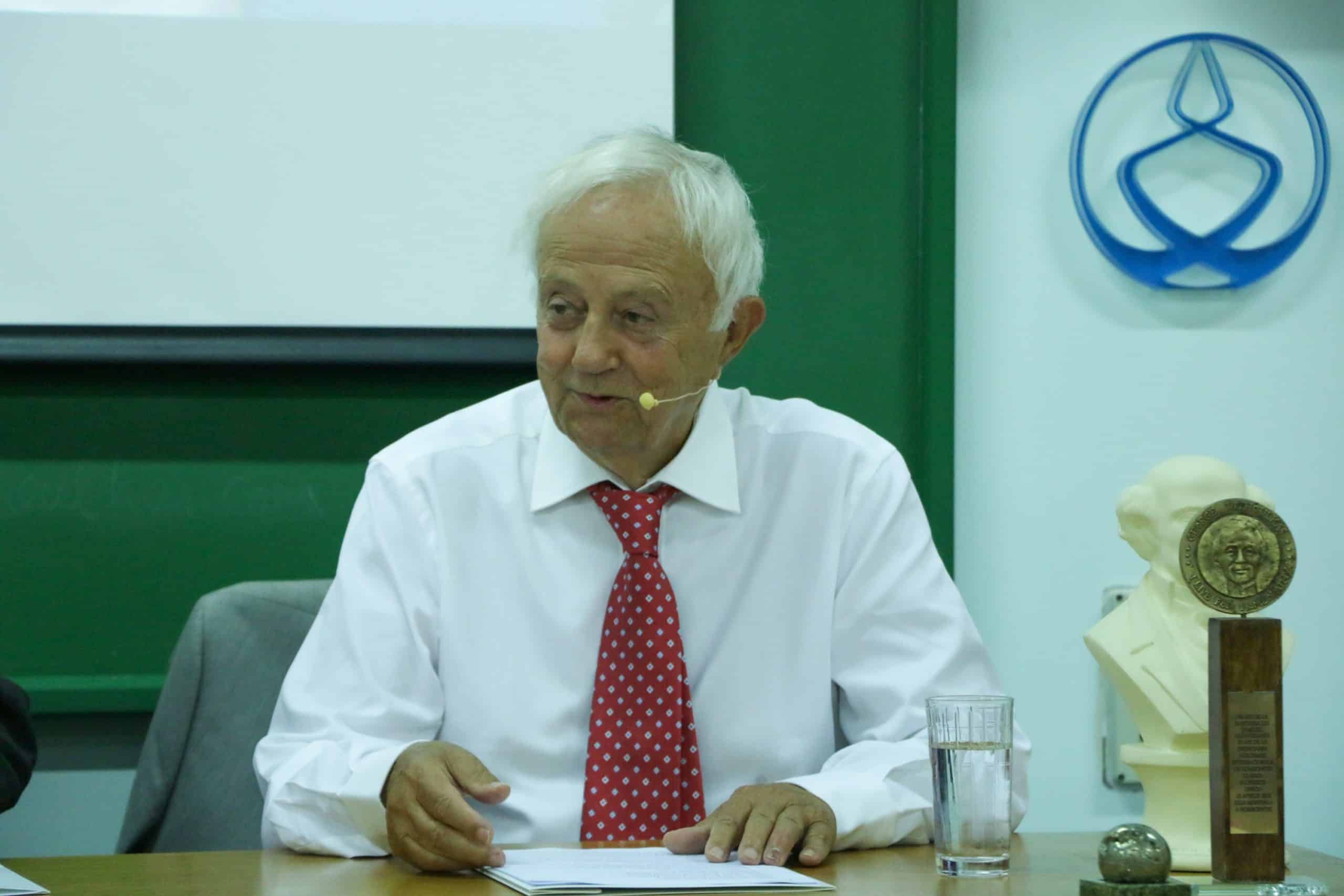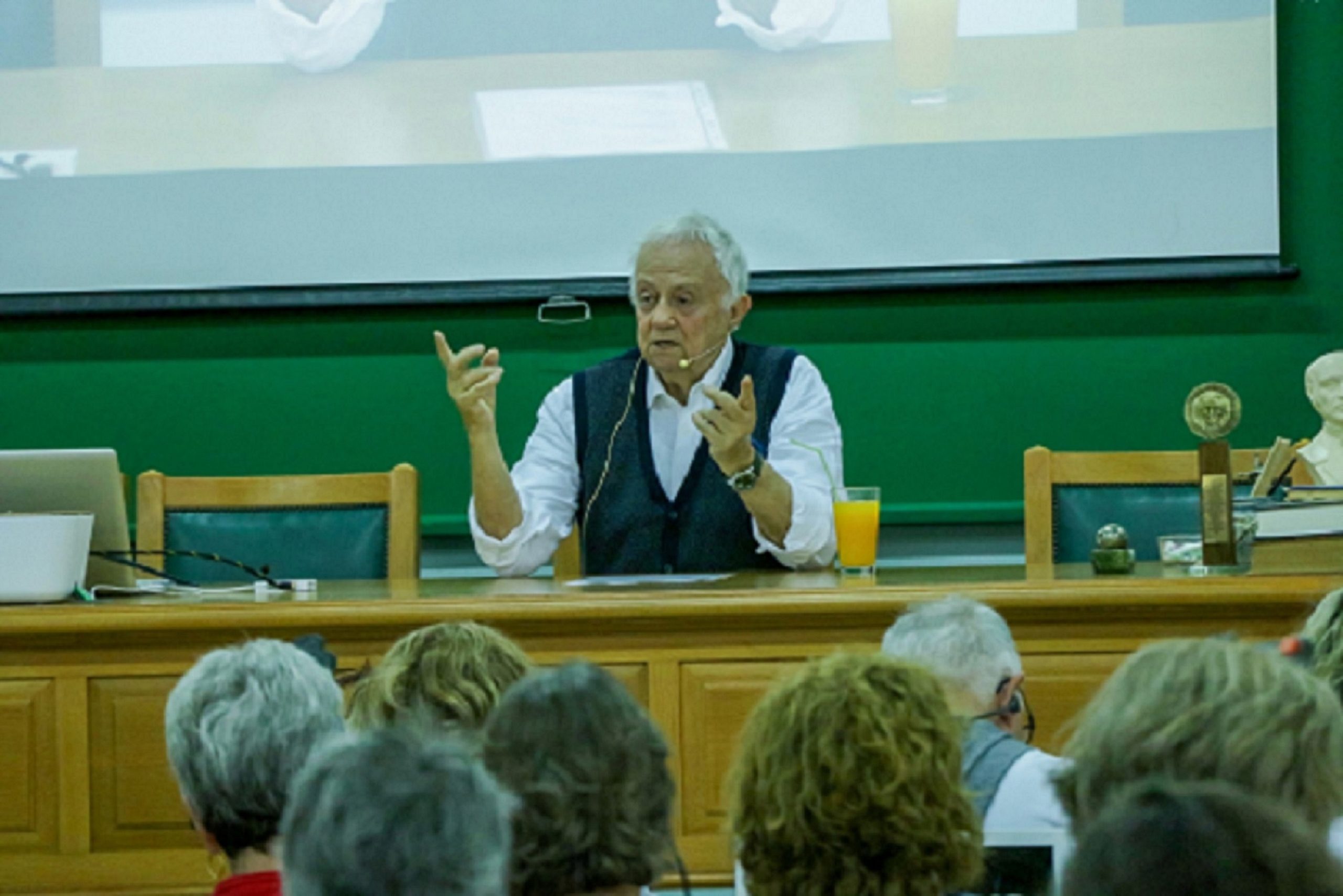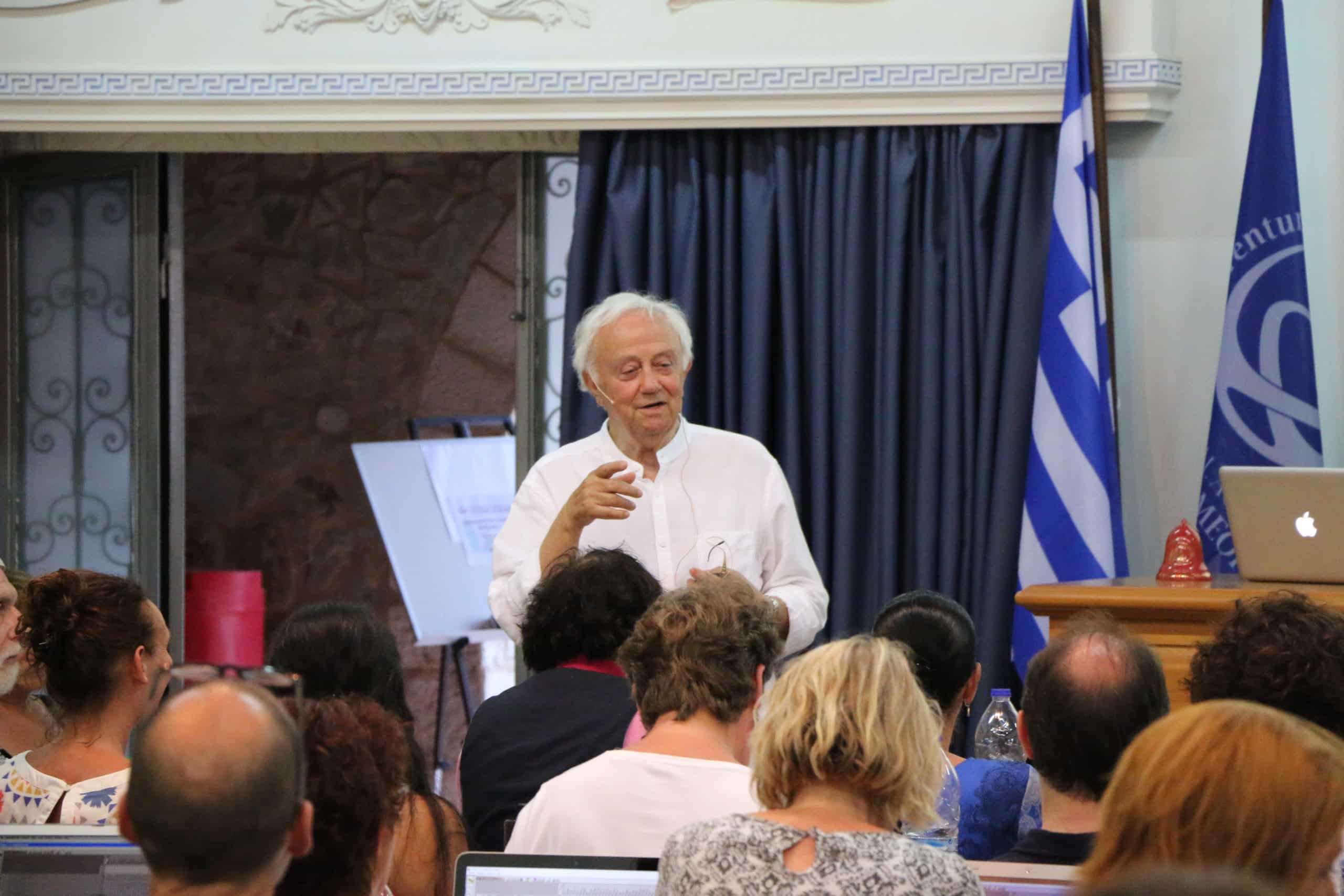This article is written in response to the review of my recent book The Science of Homeopathy in the BRITISH HOMEOPATHIC JOURNAL. In this critique the main argument was that my statement that penicillin may suppress primary syphilis while failing to prevent the insidious development of tertiary stage, especially as manifested in psychosis, was “thoroughly irresponsible”.
This article is written in response to the review of my recent book The Science of Homeopathy in the BRITISH HOMEOPATHIC JOURNAL. In this critique the main argument was that my statement that penicillin may suppress primary syphilis while failing to prevent the insidious development of tertiary stage, especially as manifested in psychosis, was “thoroughly irresponsible”.
Since the review aroused considerable comment from some physicians, I feel obliged to reply. To elucidate the matter, let us ask two questions:
1 Does penicillin really cure syphilis?
2 If not, then to what extent is it responsible for suppressing syphilis to deeper regions of the human body and psyche?
The evidence may be neither complete nor conclusive, yet it will clearly give rise to some second thoughts about the effectiveness of penicillin in the treatment of syphilis. The outcome of this research is not conclusive because researchers have never worked with the idea of “suppression” in mind. Even so, their findings and the statistics may support this argument indirectly, and also may cause some open-minded researchers to work in this direction in the future.
In the American Journal of Medical Science (AJMS), a group of researchers under the direction of Herman Beerman, M.D., D.Sc. (Med.), Professor of Dermatology, School of Medicine, University of Pennsylvania, stated:1 “The general recent increase of syphilis orbidity, in spite of modern therapy, will undoubtedly lead to development of various late lesions”. This statement comes from a recognized authority in dermatology, following his review of the world’s recent literature on syphilis.
Collart, Borel and Durel,2 using a new technique of staining by silver impregnation, were able to demonstrate what appeared to be typical T. pallidum of attenuated virulence in the lymph nodes of rabbits treated two years or more after inoculation with T. pallidum. The organisms were found even after massive doses of penicillin. They employed the same technique in the study of nine human subjects who bad suffered from syphilis for a number of years and found organisms with the typical appearance of T. pallidum, while in other cases they found “atypical” treponemes resembling the organisms sometimes found in the brain in cases of paresis. Lymph nodes were removed from four cases for inoculating fresh rabbits. Lesions appeared after long incubation periods in three cases, in two of which serous fluid obtained by puncture of the lesions contained typical T. pallidum. These organisms were found despite vigorous treatment and irrespective of the actual treatment used, and irrespective of the amounts and duration of treatment. In follow-up of their earlier reports of spiral organisms found after treatment in late human and experimental syphilis, Collart, Borel and Durel3 conclude that “In late syphilis all Preponema pallidum are not destroyed by penicillin … Further work is required along these lines to clarify many outstanding questions and problems concerning the persistence of T. pallidum after penicillin therapy”.
Boncinelli and his associates4 at the University of Modena, likewise demonstrated spirillar argentophil elements, morphologically indistinguishable from typical or atypical forms of Treponema pallidum, in the lymph nodes of treated syphilitics. Their findings support the view that therapy does not always destroy the treponemes.
In the British Medical Journal Doctor Ronald Joffe and associates5 report seven unusual cases of neurosyphilis, three of which remained unaffected by high doses of penicillin. They conclude: “Several lessons may be learned from this small series of cases. First, our own awareness of neurosyphilis has been relatively lacking, and second, neurosyphilis may be modified by courses of penicillin given for other reasons, making it then proportionately more difficult to diagnose. All our patients had had at least one course If penicillin or other antibiotics in recent years for minor ailments. The picture of neurosyphilis has changed for other genetic or immunological reasons over the years and the classical picture of neurosyphilis as described by Jonathan Hutchinson may now be a rare one, and even clinically misleading if modifications resulting from the factors to which we have referred are not appreciated. The present rise in primary syphilis (Lancet, 1967) may well leave a legacy of modified neurological disorder in the next few years, and our plea is thus the more germane”.
These cases demonstrate (a) the ineffectiveness of penicillin in treating late syphilis and (b) the possibility that penicillin could modify and yet not cure syphilis.
Hermosilla and co-workers6 had the opportunity to examine histopathologically eleven cases of syphilitic aortitis 17 days to 5-5 years after therapy with 8-8 to 400 million units of penicillin. Since signs of active syphilitic arteritis were found in ten of the eleven cases, the reporters concluded that penicillin used in estimated sufficient dosage was not an efficient treatment in cases of aortic syphilis.
L. Craps7 says that in twenty-three patients treated less than 5 years ago, the reagin tests were reactive in twenty-two and non reactive in one, while the TPI was always reactive. Among seventeen patients treated 5 to 10 years previously, the reagin test reacted in fourteen and the TPI in all seventeen.
B. Duperrat and J. Cayol8 concluded that penicillin rarely has any influence on TPI reactivity in the tabetic. They maintain that late treatment, no matter how strong nor with what drug, does not seem capable of destroying all the germs in the spinal fluid, and also that the inadequacy of penicillin in the treatment of neurosyphilis is stressed by several French syphilologists.9 They say they have collected twelve cases of syphilis treated after the first year which developed neurosyphilis despite sometimes high doses of penicillin.
The fact that today we do not see the typical tabetic patient so often is no reason to believe that late syphilis has been eliminated. Boudin and co-workers10 summarize the polymorphism of neurosyphilis and stress the importance of recalling the atypical aspects of some incipient cases.
Very indicative of the ineffectiveness of penicillin treatment is the VD Fact Sheet (1965):11 “According to the VD Fact Sheet there is a diminution in the incidence of late and late latent syphilis. The number of reported cases dropped from 72,184 in 1964 to 67,636 in 1965”. The drop is so small that nobody can claim that penicillin has really eliminated syphilis. In this connection H. Beerman and associates in their review in The American Journal of the Medical Sciences (AJMS) 1967 wrote: “However, the steady increase in early infectious syphilis since 1957 may well be reflected in the future by causing a reversal in the downtrend of incidence of the late aspects of syphilis”. This implies not only that syphilis has not been controlled, but also that it is still manifesting its late stages in different ways, despite modern therapies. The question of when a syphilitic can be considered as really “cured” still remains open.
If penicillin were indeed a panacea for syphilis it would have eliminated syphilis within 10 or 20 years.
Dr. W. Atwood and co-workers12 in their article “The TPI and FTA-ABS Tests in Treated Lated Syphilis” in the JAMA 1968 wrote: “Sixty-seven patients who had been diagnosed and treated thirteen or more years ago for latent or late syphilis were retested with use of several serological tests for syphilis. At the time of original diagnosis, all patients had been reactive in cardiolipin reagin tests and in the Treponema pallidum immobilation (TPI) tests. It was found that 73 per cent. of patients were still reactive in one or more cardiolipin reagin tests and that 90 per cent. had retained TPI reactivity. In the newer fluorescent treponema antibody-absorption (FTA-ABS) test, 98 percent. were reactive. These results indicate that the FTA-ABS test is more sensitive than the TPI test. Neither the FTA nor the TPI test, as presently performed, may be used as an index of therapeutic response … All but four of the patients studied were known to have had penicillin therapy for their syphilis infections for periods ranging from 13 to 21 years prior to 1966. The dosage of penicillin ranged from 3-6 million units to 14-4 million units or more”. The conclusion states: “The long maintenance of treponemal antibody formation following therapy is an intriguing immunological puzzle”.
This same fact is mentioned by other researchers, including Smith, Israel,13 Goldman and Girard.14
Another point of great interest to the thoughtful physician is the fact that syphilis can result in a great variety of affections which at first glance may not appear to have any relevance to syphilis per se. Yet, as research shows, these affections may be the direct result of syphilis.
In this respect H. Beerman and associates wrote in the AJMS: “Since the clinician is always cancer conscious and nowadays only rarely concerned with late syphilis, it should not be too unusual for a suspected neoplasm to be proved syphilitic”. Several other researchers have expressed a similar view.15
Yet despite all this evidence of the persistence and insidiousness of syphilis even after penicillin, the main question has not yet been voiced, namely, how much syphilis, congenital or acquired, is responsible for mental diseases.
Even if other forms of tertiary syphilis, such as neurosyphilis or cardiovascular syphilis are decreasing, has syphilitic insanity also decreased proportionately? I quote from a small table that Professor Beerman gives in the AJMS 1967:
“Man-Years of syphilis disability per year.
Institutionalization for syphilitic insanity (1963) 19.000
Disability from cardiovascular syphilis, including aneurysms (1963) 5.600
Disability from tabes dorsalis (1963) 300
Disability from syphilitic blindness (1963) 11.000
Economic Costs of syphilitic psychoses and syphilitic blindness per year
Maintenance of patients with syphilitic psychoses (1963) $49,974.000
Maintenance of syphilitic blind (1963) $4,957.000″.
One can see that almost 20 years after the discovery of penicillin, syphilitic insanity holds first place, far outweighing tabes. Is it not then justifiable to suppose that tabes has been exchanging its place for insanity under the influence of penicillin? This means a withdrawal from peripheral to more central regions of the CNS.
More than any other example this small statistical table supports the main argument of my book on the question of syphilis, namely, that syphilis is suppressed into deeper regions of the human organism, not only despite penicillin but even perhaps due to it.
From even this small survey a few questions can be formulated concerning the effectiveness of penicillin in the treatment of syphilis.
The following conclusions can be drawn: (a) If penicillin were really effective and could cure syphilis, we would not witness an increase in syphilis (Lancet 1967) 22 years after the discovery of penicillin.
(b) Despite modern treatment syphilis can take a thousand and one nosological forms depending most probably on the inherent weakness of the organism in various organs.
(c) Despite penicillin we still find late syphilis (tertiary), and especially syphilitic insanity, which is the last and most destructive stage of syphilis.
(d) The notion we had that syphilis is cured because the Wasserman test is negative after treatment proves to be a fallacy, since more sensitive tests like the FTA-ABS and TPI remain positive for years after treatment with penicillin.
(e) Research fails to show 10 to 30 year follow-up of primary syphilitic cases which remained healthy and sane.
The focus of researchers has been primarily upon showing that the, different tests became negative after treatment. Even so, the failure of the most sensitive tests to become negative after massive doses of penicillin shows the insidiousness and persistence of this disease.
(f ) In view of these facts, it seems scientifically irresponsible to pronounce dogmatically that penicillin can completely abolish syphilis. Serious social dangers arise from the false notion that syphilis can be cured like a common cold.
Should not rather our time, money and energy go toward the effort to warn people of the dangers involved in contact with such a disease, so that every individual may take precautions and take responsibility for limiting the spread of this destructive disease? It is only through such a campaign, and not by penicillin, that we may eventually witness a definite decline of syphilis in the world. Any homoeopath who knows medicine realizes that syphilis has bestowed upon humanity a terrible heredity that would take many decades, if not indeed aeons, before its far-reaching effects (upon successive generations) could be eliminated by careful homoeopathic prescribing.
The rest of the arguments that the reviewer makes need no detailed reply, since they seem to be rather a kind of quarrel, as the author himself admits, more on a superficial level, than real counter arguments on a scientific basis. On the whole, the reviewer does not seem really to have read the book, but rather to have picked out phrases on which he bases his quarrel.
Concerning the equation of vital force with energy fields, this is presented only as an hypothesis. On page 93 of The Science of Homeopathy I state: “I shall present the hypothesis that the vital force indeed conforms to standard concepts in physics. . .”; so it is not “dogmatically” equated, but rather tentatively put forward as a working hypothesis. It was not I who equated them initially, but rather Albert Einstein, who did not exclude human beings when he wrote: “We may regard matter as being constituted by regions of space in which the field is extremely intense”.
The evidence here presented seems sufficient to stimulate initial interest in this idea. No matter how much evidence is presented on such a vital matter, total acceptance of the concept by the medical profession at large is most improbable, as it would automatically invalidate all allopathic therapeutics, and would demolish the so-called scientific medical establishment of our day.
Concerning the “provings” of medicines (see page 167): “… As homeopathy continues to advance, it is necessary to perform provings on new remedies … for this purpose, it is necessary to have clearly defined standards for the actual method of performing an accurate and thorough proving”. I have described such standards, and indicated how such experiments should be conducted in the future, taking into account the ecological conditions and the scientific parameters of our time. Nowhere have I maintained that the provings of the past were done under such standards.
Nowhere have I maintained that it was Hahnemann’s idea that symptoms represent the body’s attempt to heal itself. This idea also is mine, but having great respect for Hahnemann I did not wish to seem to be attempting to revise his work.
Many ideas are expressed in The Science of Homeopathy which are clearly not attributed to Hahnemann.
Far from dismissing the concept of the constitutional remedy, I tried rather to re-define it; (see page 338): “This terminology (constitutional) can properly be applied to patients possessing strong defense mechanisms who tend to require the same remedy over a period of years, . .”.
It is my hope that this further exposition of these ideas may be useful to the homoeopathic medical profession.
Respectfully submitted,
GEORGE VITHOULKAS
REFERENCES
1 “Late syphilis, a review of some of the recent literature”. AJMS, October, 1967.
2 Collart, P., Borel, L.-J., and Durel, P.: Ann. Derm. Syph., 89, 488, 1962. Collart, P., Borel, L.-J., and Durel, P.: 102, 693, 1962. Collart, P., Borel, L.-J., and Durel, P.: 103, 953, 1962.
3 Collart, P., Borel, L.-J., and Durel, P.: Brit. J. Vener. Dis., 40, 81, 1964.
4 Boncinelli, U., Vaccari, R., Pincelli, L., and Lancellotti, M., Giorn. Ital. Dermal., 107, 1, 1966.
5 Ronald Joffe, M.B., M.R.C.P., Martin M. Black, M.B., M.R.C.P., Michael Floyed, M.B., M.R.C.P.
6 Hermosilla, F., Toledo, P., Robolledo, H., and Rojas, G.: Rev. Med. Chile, 89, 424, 1961.
7 L. Craps, Dermatologica, 122, 234, 1961.
8 B. Duperrat and J. Cayol: Bull. Soc. Med. Hop., 113, 556, 1962.
9 Huriez, C., Agache, P., and Souillart, F.: Bull. Soc. Med. Hop., 113, 466,1962. Huriez, C., Agache, P., and Souillart, F.: Bull. Soc. Franc. Derm. Syph., 71, 216, 1964.
10 Boudin, G., Pepin, B., Labet, R., Lauras, A., and Barbizet, J.: 113, 485, 1962.
11 Public Health Service Publication No. 341: VD Fact Sheet, 1965. Atlanta, Georgia: Communicable Disease Center, U.S. Dept. of Health, Education and Welfare, 1965.
12 William G. Atwood, M.D., J. Lowry Miller, M.D., Genevievo W. Stout, M.A., and Leslie G. Norins, M.D., Ph.D.
13 J. L. Smith and C. W. Israel: “The presence of Spirochetes in Late Seronegative Syphilis”, JAMA, 199, 980-984, 27 March 1967.
14 J. N. Goldman and K. F. Girard: “Intraocular Treponemes in Treated Congenital Syphilis”, Arch. Ophthal., 78, 47-50, July 1967.
15 Liff, E., Buchanan, D. S., and Levens, A. J.: Bull. Sch. Med. Univ. Maryland, 47, 17, 1962. Wetherill, J. H., Webb, H. E., and Catterall, R. D.: Brit. Med. J., 1, 11 57, 1965. Ravault, P. P., Lejeune, E., Gauthier, J., Bertrand, N. J., and Vauzelle, J. L.: Lyon Med., 210, 1107, 1963. Nove-Josserand, G., Duffau, E., and Desfossez, J.: Strasbourg Med., 14, 891, 1963. Boudin, G., and Barbizet, J.: Rev. Neurol., 104, 346, 1961. Wissner, F., and Parsons, T.: J. Olin. Psychol., 17, 421, 1961. Belsham, A. J., and Dunlop., E. M. C.: Brit. J. Vener. Dis., 40, 106, 1964.


